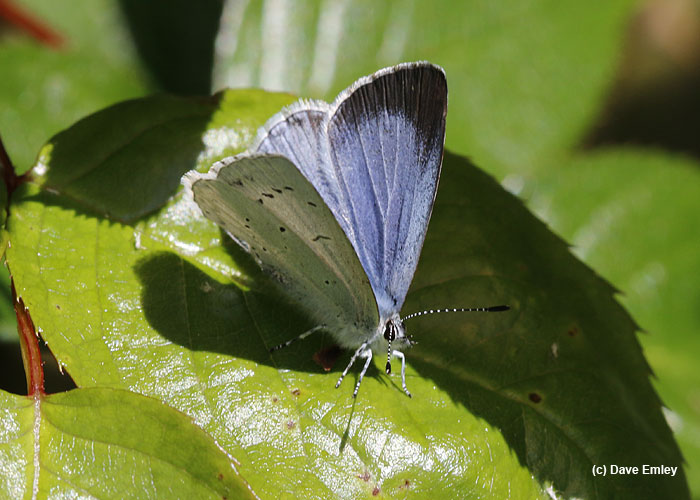The Trees at Keele
Holly Ilex aquifolium

Origin: this is a native species, except in the far north of Scotland. As well as growing in hedgerows it is often found as an understorey plant in oak and beech woods. Widely planted in gardens for its foliage and its berries. There are a number of variously-coloured cultivars.
Tree: in shape, younger trees tend to be rather conic but old trees become quite irregular and untidy.
The bark of older trees is silvery, often with large warts or blisters.
The leaves show great variation on the same tree. The familiar form is quite prickly but one can get leaves without prickles on the same tree and there are a number of cultivars.
An interesting observation is that the lower leaves of the tree are generally prickly while those higher up are not. This is thought to be a protection against grazing by deer etc.
Flowers: the white flowers peak in May and are quite fragrant. Male and female flowers occur on separate trees. Thus, in order to get berries you need to plant trees of both sex.
Fruit : the familiar red berries form in the autumn and may persist through the winter to the summer. They are a great source of food for birds like Fieldfare, Redwing and Blackbird.

The tree has an interesting association with the Holly Blue butterfly. The butterflies lay their eggs on the leaves in the spring. These larvae then develop into butterflies that emerge in the late summer/early autumn. These butterflies lay their eggs on Ivy.
So, we have two generations per year, each feeding on a different foodplant - quite unusual. Any blue butterfly flying around the upper campus is likely to be this species.
Location : Holly is found all over campus. There are a few good trees along Clock House Drive.

